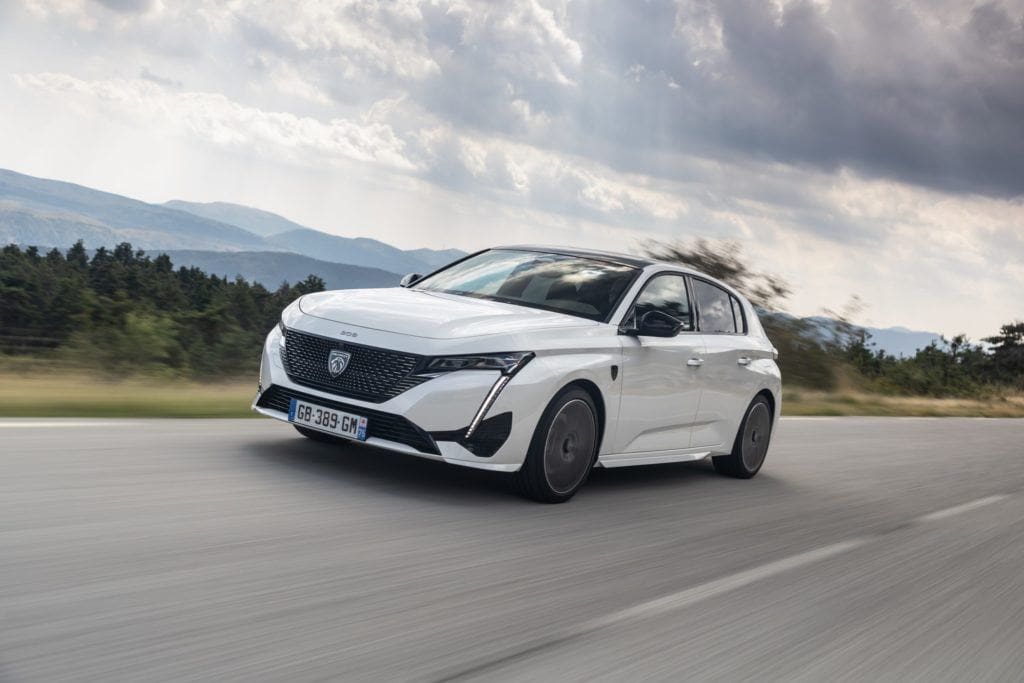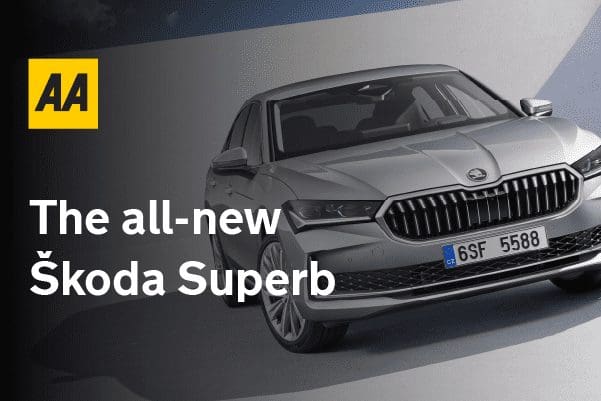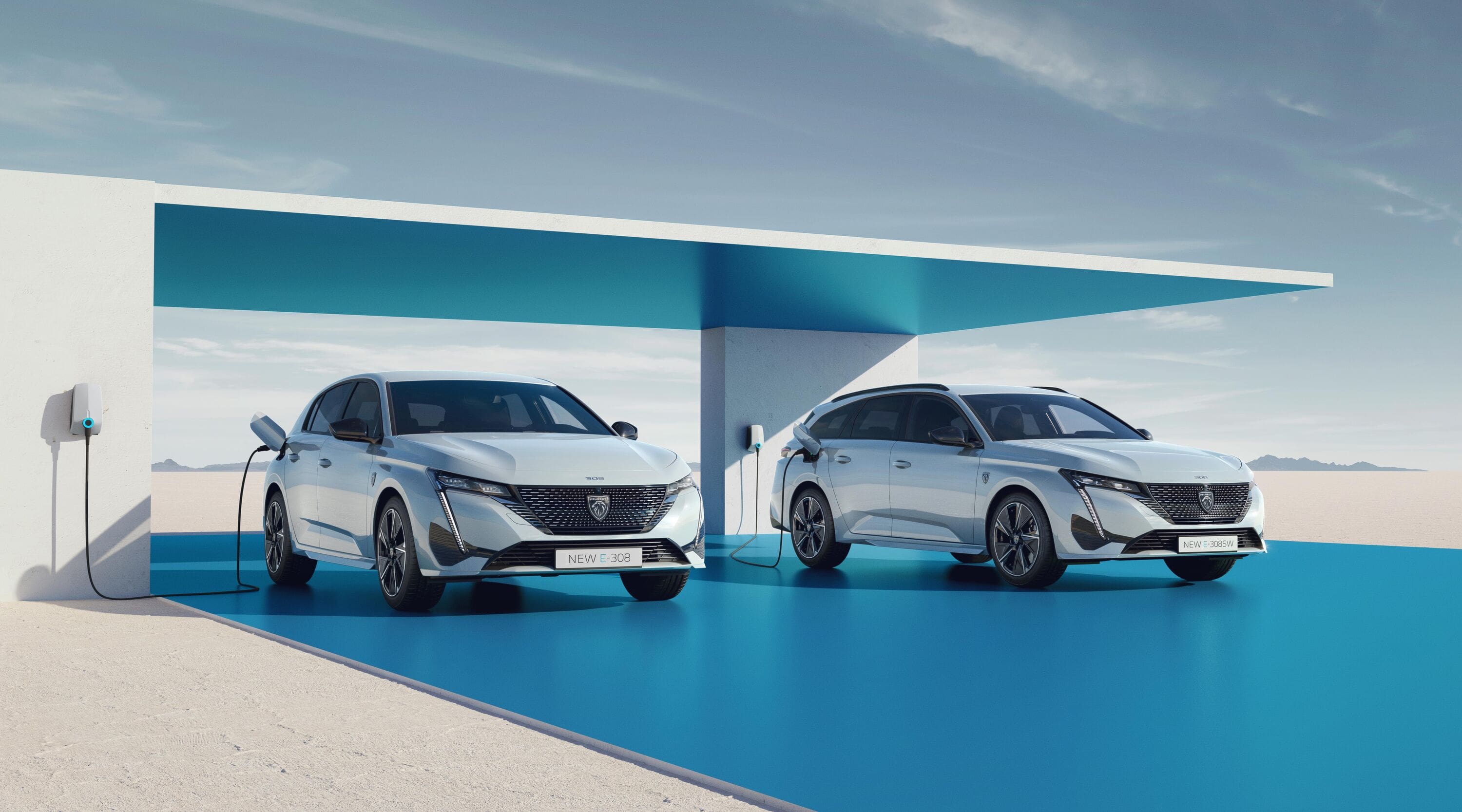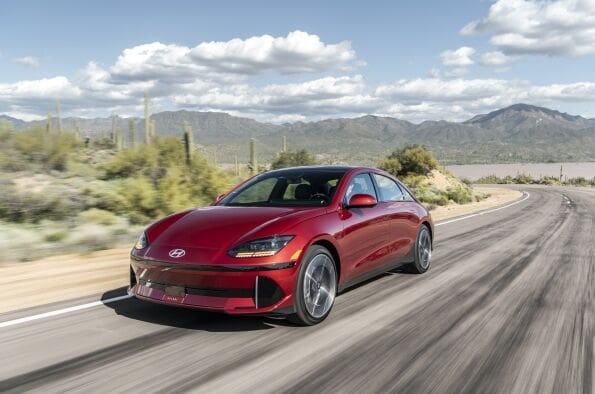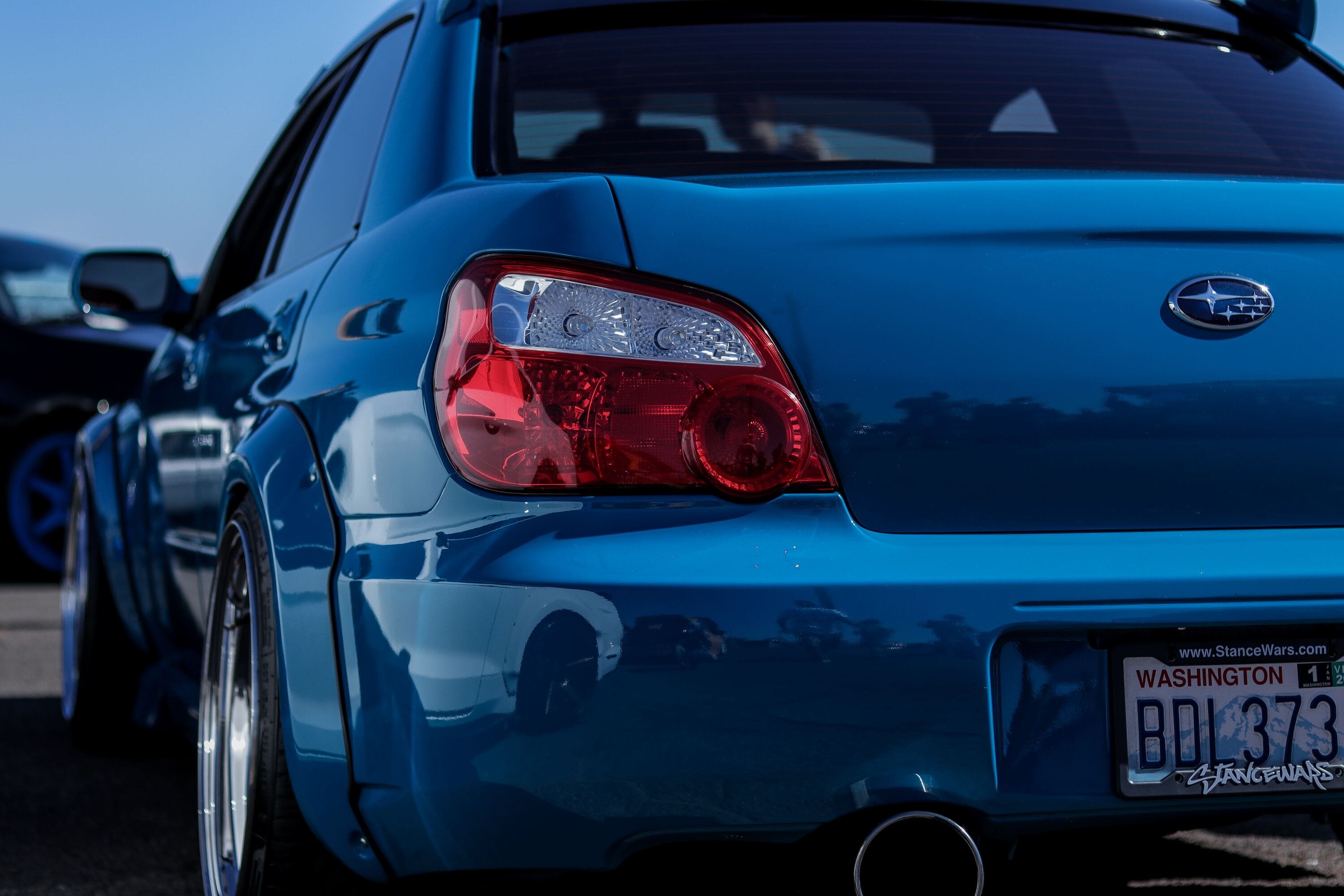Price as tested: N/A
GOOD STUFF
Refined driving experience, attractive design
BAD STUFF
Hybrid loses out on boot space, the rear could be more spacious
WHAT IS THE NEW PEUGEOT 308 HYBRID 180?
This is the latest Peugeot 308 and the company’s first model to carry its new emblem on what is now a larger grille. The soft and curvy styling of the previous 308 has been replaced by sharper lines that give the five-door hatchback a more contemporary look. As the French brand is now part of the broad Stellantis Group, it is repositioning itself and moving a little more upmarket — not quite the premium of Audi or BMW, but it’s knocking on the door of Volkswagen.
There will be several powertrain options available including two plug-in hybrids for the first time. Peugeot also intends to introduce a fully electric 308, though that won’t appear until 2023. The plug-in hybrids will have maximum power outputs of 180- and 225hp but there will also be 110- and 130hp petrol variants and a 130hp diesel with either six-speed manual or eight-speed automatic gearboxes. Furthermore, Peugeot will also offer an estate version, known as the 308 SW.
HOW DOES THE PEUGEOT 308 LOOK LIKE?
From the front, the Peugeot 308 has quite an arresting design, made up of a broad grille and that new emblem. Like other Peugeot cars, it carries its model name on the nose. Switching to LED technology means the headlights are now thinner than before and continue to feature a fang-like daytime running light design. This makes the car unmistakable from the front.
The 308 is now larger than before, increasing in length by 11cm, which includes a 55mm stretch in wheelbase making for increased passenger space. Like the model it replaces, there is a thick C-pillar, and the rear of the car has an equally interesting design defined by slender taillights with LED elements and a bumper design that gives it a broad stance. Equally attractive is the 308 SW estate, as it gets a longer roof and boot section without sacrificing style.
Depending on specification, the 308 can come on 16- to 18-inch alloy wheels. In keeping with the exterior style of the car, Peugeot will also offer a vibrant palette of colours to choose from, such as Olivine Green and Elixir Red, while the 308 SW also gets an exclusive colour called Avatar Blue.
WHAT IS THE INSIDE OF THE PEUGEOT 308 LIKE?
The key to Peugeot becoming a more upmarket brand is its interiors. There is a noticeable increase in the overall sense of quality inside the 308, with nicer materials and a design that looks very modern, and every bit as well-executed as what you might expect to see in something more premium like an Audi A3.
Peugeot continues to use its iCockpit layout that comprises of a smaller-than-usual steering wheel. The updated design incorporates new multifunction controls and once you get your seating position right, you can see the fully digital instrument display above it. Higher-grade versions will use a more advanced instrument display that has a three-dimensional appearance.
For cars equipped with an automatic transmission, the centre console is topped with a metallic finish and uses a small switch for choosing drive or reverse. Two cupholders, a USB port, a 12-volt socket and the optional wireless charging pad are all neatly arranged and join a host of storage areas dotted around the cabin. A new 10-inch touchscreen display is a marked improvement too, delivering brighter, crisper graphics and reacting much more quickly to inputs. Most of the car’s functions are controlled through this, including the climate control, which is disappointing, as having physical controls is always better for this function as it’s less distracting for the driver.
As expected, the usual Android and Apple smartphone mirroring software are present and on higher-spec versions, Peugeot includes a new secondary touchscreen that is half the height of the main unit and serves as an extension of sorts. It features configurable favourite buttons.
The rear passenger space is good but not what we’d consider to be class leading. Two adults will comfortably fit in the outer rear seats, and both of these have ISOFIX mounting points. The boot space is 412 litres in the hatchback but falls to 361 litres for the plug-in hybrid versions due to the battery pack underneath. Folding the rear seats brings the capacity to 1,323 litres (or 1,271 litres for the hybrid). Despite the gently sloping roof, the 308 SW manages between 608- and 1,634 litres, while hybrid versions offer 548- to 1,574 litres of space.
WHAT IS THE PEUGEOT 308 LIKE TO DRIVE?
With a fully charged battery the Peugeot 308 Hybrid 180 can cover as much as sixty kilometres using electric power, which is commendable by today’s plug-in hybrid standards. But what’s even more impressive is how quiet and refined the Peugeot is on the move. A good amount of sound insulation, a flat underbody and acoustically optimised glass in the front of the car keep out most of the road and wind noise, and even the electric powertrain is remarkably hushed.
Performance levels are well-suited to the car, and the 1.6-litre four-cylinder engine is reasonably smooth when it activates. The eight-speed automatic shifts between gears smoothly, too, and is acceptably quick to react to accelerator inputs. Although the hybrid system does add a good deal more weight to the car the suspension copes well and retains a good mix of comfort and composure. Light steering adds to the sense of ease at which the 308 can be driven too. There are different drive modes to choose from including a fully electric mode, while a Sport setting delivers the maximum power output.
Away from the hybrid models, the petrol engine puts in an equally satisfactory performance and will suit anyone who usually sticks to city or urban driving. It’s best paired with the automatic too, though we found the engine’s stop-start system to be a little bit tardy at restarting. A drive in the estate with a diesel engine showcased the 308 as a competent long-distance vehicle that has enough room for a family holiday while being more efficient than a crossover.
WHICH PEUGEOT 308 SHOULD I BUY?
The plug-in hybrid options do seem like the most attractive based on the high level of refinement they offer and the potential for lower running costs. However, even more so than with a fully electric car, being able to constantly charge the 308 and maximise that battery use is key to achieving any reduction in running costs and lowering tailpipe emissions. Of the two hybrids, the less-powerful Hybrid 180 is all most drivers will need.
IS THE NEW PEUGEOT 308 SAFE?
Peugeot has yet to send the 308 through the Euro NCAP safety tests, though we have little reason to believe that it won’t score highly when it does. Aside from a strong crash structure, the 308 is equipped with a host of standard safety systems like front and rear curtain airbags, lane-keeping assist, road sign recognition and cruise control with a speed limit function. Additional safety features include long-range blind spot detection and rear cross-traffic alert.
VERDICT:
The 308 is certainly one of the most complete packages in the hatchback segment and has an impressive quality to it both in terms of design and finish. However, pricing is still to be confirmed and it is likely that the 308 will see a slight price increase over its predecessor. If Peugeot can keep pricing competitive it could become one of the most desirable cars in the segment.
Spec Check:
Peugeot 308 Hybrid 180
Engine: 81kW electric motor with 1.6-litre four-cylinder petrol
Power: 180PS
Torque: 360Nm
0-100km/h: 7.6 seconds
Fuel economy: 1.0-1.3 litres/100km
Top Speed: 223km/h
Transmission: eight-speed automatic
Co2: 26g/km
Annual Motor Tax: €140
Luggage Capacity: 361-litres with the seat up, which can extend out to 1,271-litres with the rear seats folded.
Price as tested: TBC
AA Ireland: October 2021 For more information: https://www.peugeot.ie





